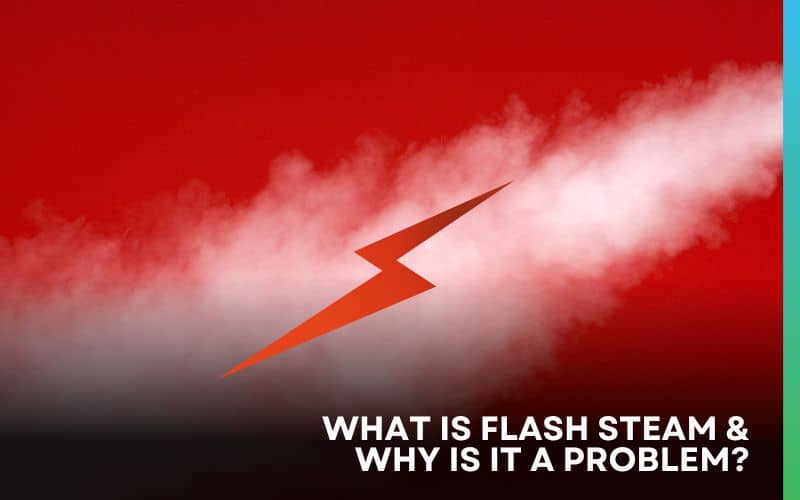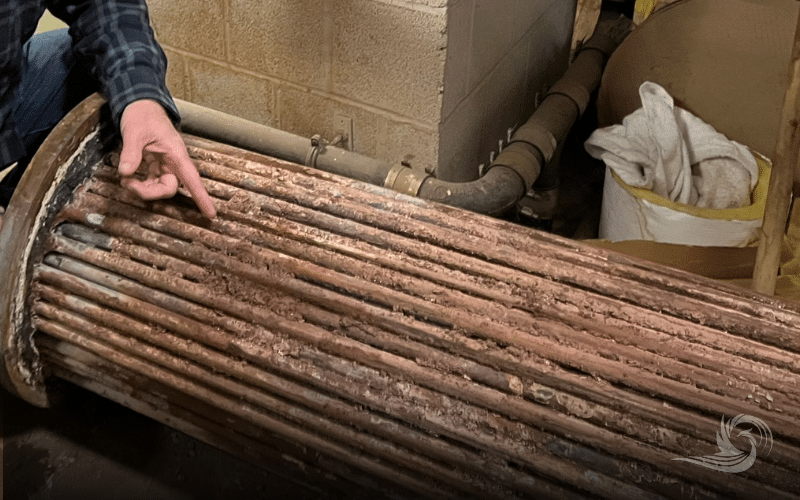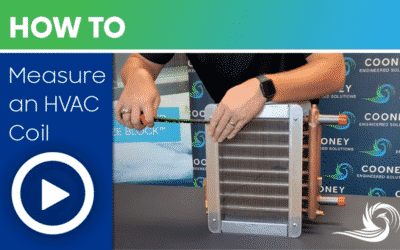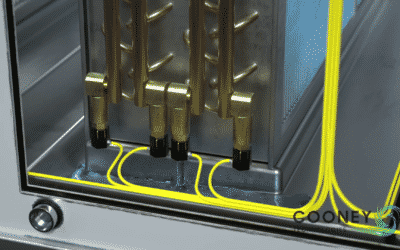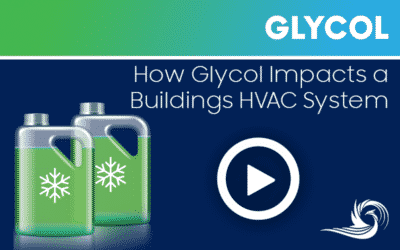If you work with steam systems, you’ve probably encountered the term “flash steam.” While it might seem insignificant, flash steam can harm your system’s efficiency, increase costs, and cause safety concerns. Understanding what flash steam is, why it happens, and how to control it can save time, energy, and resources for any facility.
What is Flash Steam?
Flash steam forms when high-pressure condensate (water) is suddenly released into a lower-pressure area. This rapid pressure drop causes part of the condensate to instantly vaporize into steam. Unlike standard steam, flash steam often has a higher moisture content, which means it can condense on surfaces or mix into the surrounding air, reducing its effectiveness.
You’ll often see flash steam in areas of a steam system prone to significant pressure changes, such as heat exchangers, traps, or other system components. While it’s a natural occurrence in steam systems, flash steam often signals lost energy and inefficiencies.
Why Does Flash Steam Occur?
Flash steam primarily occurs because of sudden pressure drops, but it can also result from other factors, such as:
- Poor Insulation: Insufficient thermal insulation on pipes and equipment allows condensate to cool quickly, leading to pressure drops.
- Improper System Design: Incorrect sizing of components like valves and pipes can worsen pressure changes.
- Air and Moisture Leaks: Introducing air into the steam system can cause pressure imbalances, making flash steam more likely.
- Maintenance Issues: Wear and tear from lack of maintenance can lead to conditions that promote flash steam formation.
These factors highlight the importance of designing systems carefully and ensuring their proper upkeep.
Why is Flash Steam a Problem?
The effects of flash steam go beyond inefficiency. It can drive up costs, damage equipment, and create unsafe working conditions.
Energy Efficiency Loss
Every pound of flash steam vented is heat energy wasted that could have been directed toward heating needs.
When condensate undergoes a pressure drop, a portion flashes into steam, carrying away valuable heat. If vented to the surroundings, this heat energy is lost, reducing overall system efficiency. To compensate, the system must generate additional steam, increasing fuel consumption, water usage, and operational costs.
Higher Maintenance Costs
Equipment exposed to flash steam endures more wear and tear. The rapid expansion and high velocity of flash steam can erode pipes, valves, and gaskets, leading to a higher risk of leaks and breakdowns. Over time, the damage caused by flash steam can lead to more frequent repairs and even premature failure of critical equipment, such as condensate pumps. High-temperature condensate, especially above 180°F, accelerates this process, causing pump seals to fail faster.
Safety Risks
Flash steam also poses serious safety hazards if not managed. Rapid expansion can create backpressure in the condensate return system, possibly damaging equipment or leading to system failure. Exposed flash steam can cause burns, and in colder months, water buildup from vented steam can freeze, making surfaces slippery and dangerous for workers. These risks make it crucial to control flash steam effectively.
Managing and Preventing Flash Steam
Controlling flash steam begins with proper system design, maintenance, and the use of advanced solutions. Here’s how you can minimize or eliminate its occurrence:
Design and Maintenance Considerations
- Proper Insulation: Use high-quality thermal insulation to maintain stable temperatures and avoid rapid cooling.
- Correct Sizing: Ensure pipes, valves, traps and components are correctly sized to minimize pressure drops.
- Pressure Relief Systems: Add pressure relief valves to control sudden pressure changes and protect equipment.
- Routine Inspections: Perform regular system audits, check condensate traps and relief valves, and ensure vent pipes are clear of blockages.
Optimize Operating Conditions
Maintaining stable steam pressure and temperature reduces the potential for flash steam. Lowering condensate temperatures to below 180°F can protect equipment while reducing wear on condensate pump seals. Proper system monitoring helps achieve this balance.
Flash Recovery Systems
Flash vessels are designed to capture flash steam as it forms and reuse its energy for heating or other processes. This prevents energy loss, reduces strain on the system, and lowers operational costs. Modern systems, such as heat exchangers or thermal condensers, are also safer and more effective compared to older recovery methods, which sometimes caused system imbalance or shock.
Subcooling as a Targeted Solution
Subcooling heat exchangers, like Thermo-Pack, provide an efficient way to handle flash steam. Subcooling is the process of removing heat from condensed steam. By removing this extra heat, subcooling prevents flash steam from forming and allows the system to reuse energy that would otherwise be wasted.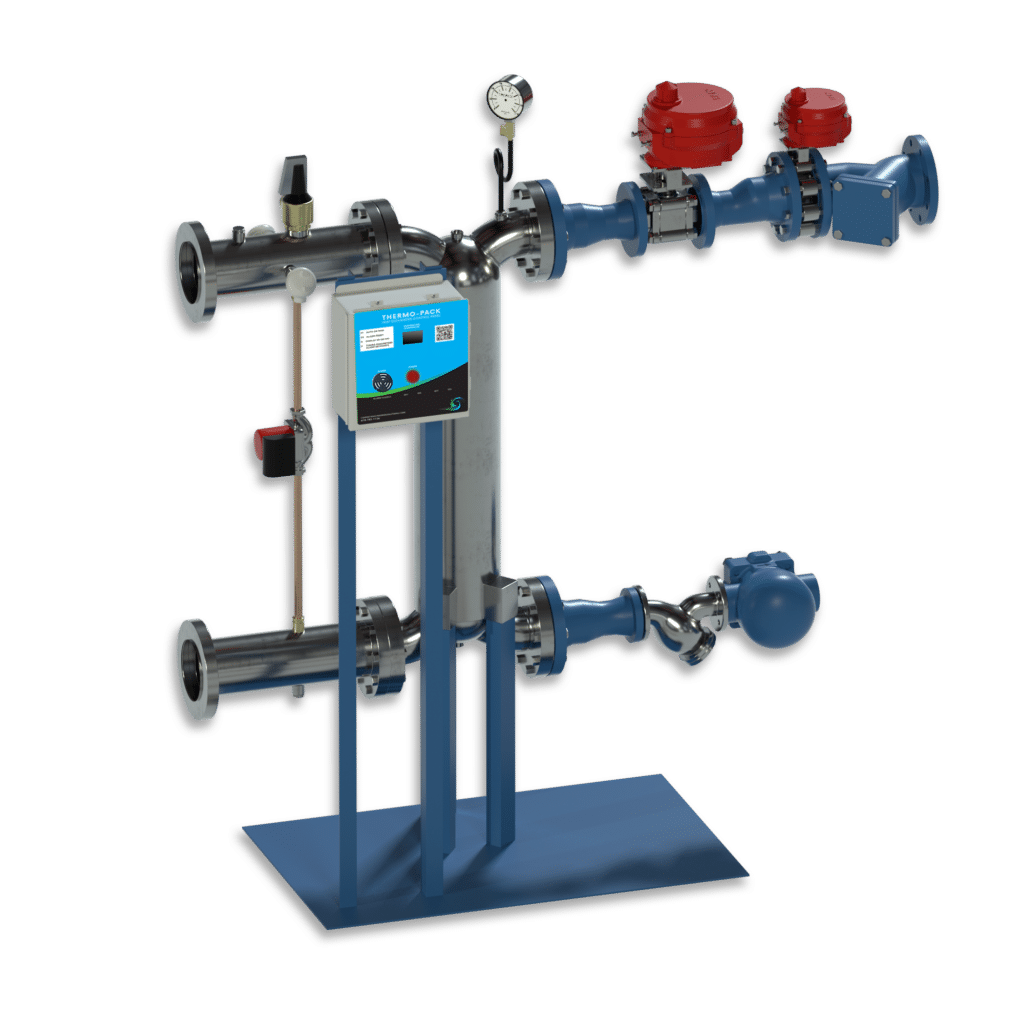
Thermo-Pack Sub Cooling Benefits
- Energy Savings: By capturing both the latent and sensible heat from cooled condensate, subcooling products maximize the usable heat in your system, leading to energy efficiency.
- Extended Equipment Lifespan: Subcooling eliminates flash steam, which prevents issues like water hammer, vent blow-off, and over-stressed pumps. This reduces wear and tear on your system, saving on maintenance and replacements.
- Eliminate Quenching for District Energy Systems: For district energy systems, subcooling can lower condensate temperatures below 140°F, meeting building code requirements without the wasteful process of quenching.
Transform Your Steam System
Eliminating flash steam isn’t just about improving efficiency—it’s about transforming how your steam system performs. Whether you’re heating a campus or providing hot water to a large-scale facility, the Thermo-Pack is designed to deliver a superior ROI while aligning with sustainability goals.
Want to learn more? Contact Cooney Engineered Solutions today to see how the Thermo-Pack can help you eliminate flash steam, reduce energy costs, and improve your system’s overall performance.


